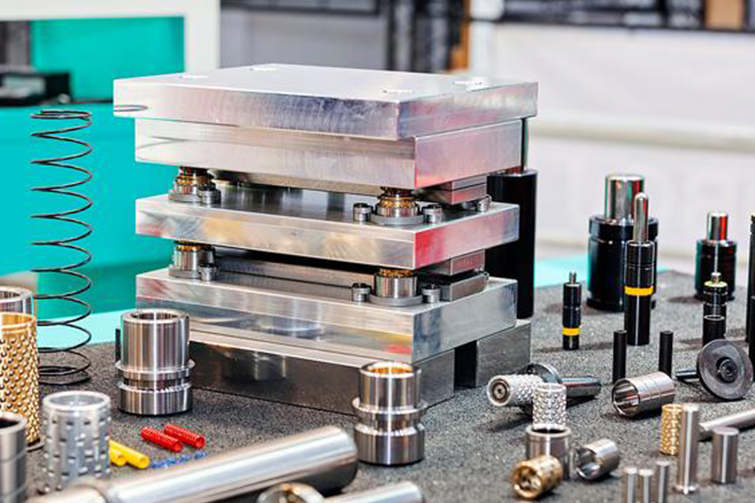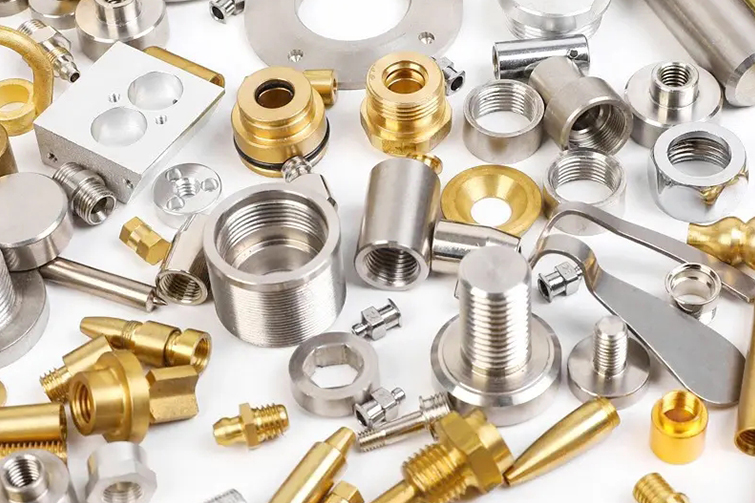

Are Electrical Components Standardized Across the Industry?
Electrical components are critical to the functioning of a wide range of devices, from household appliances to industrial machinery. When it comes to these components, one common question arises: are they all made according to standardized specifications? The answer is both yes and no. While many electrical parts adhere to international standards, variations in design, application, and manufacturer-specific requirements can lead to differences. This article explores the extent of standardization in electrical components and the factors that influence it.
1. Importance of Standardization in Electrical Components
Standardization in electrical components is crucial for ensuring safety, compatibility, and efficiency. When components follow common standards, it becomes easier for manufacturers to source parts, integrate systems, and guarantee the quality of the final product. Additionally, standardization helps consumers by providing consistency in product performance and safety, reducing the risk of malfunctions or electrical hazards.
- Safety and Compliance: Many electrical components must adhere to safety standards set by organizations such as the International Electrotechnical Commission (IEC) and Underwriters Laboratories (UL). These standards ensure that components are safe to use and capable of performing reliably in various environments.
- Interchangeability: Standardization allows for parts to be interchangeable between different manufacturers or models, which simplifies repairs and replacements. For example, common items like fuses, plugs, and resistors are often designed to fit universally across a variety of devices.
2. Standardized Electrical Components
Several electrical components are highly standardized and follow universal specifications. These components are used across industries and in many different types of electrical systems.
- Resistors and Capacitors: Resistors and capacitors, two fundamental electronic components, are typically produced according to standardized values and sizes. The international Electronic Industries Alliance (EIA) standardizes these values to ensure compatibility across various circuits. For example, a 1kΩ resistor or a 100μF capacitor will have the same characteristics regardless of the manufacturer.
- Plugs and Sockets: Electrical plugs and sockets are another example of standardized components. Different regions may use different plug types (such as Type A or Type C), but within those regions, the sizes and voltage ratings are consistent to ensure safety and compatibility.
- Fuses: Fuses are critical for protecting electrical systems from overloads and short circuits. They are manufactured according to standard ratings for voltage and current capacity, making it easy to replace fuses when necessary.
3. Non-Standardized Components
While many electrical components are standardized, others can vary significantly based on the manufacturer, design, or application. In these cases, it is essential to consider specific factors like size, power requirements, and performance capabilities.
- Custom Circuit Boards (PCBs): Printed Circuit Boards (PCBs) are often custom-made to meet the specific requirements of a device. While the components mounted on the PCB (like resistors or microchips) may follow standards, the design of the PCB itself can vary significantly depending on the device's complexity and functionality.
- Batteries: Batteries come in a variety of shapes, sizes, and voltage ratings. While there are standardized types like AA or AAA, many devices use specialized batteries designed to fit specific form factors or power needs.
- Connectors and Cables: Electrical connectors and cables, such as those used in computer hardware or industrial machines, often come in non-standard configurations. Custom connectors are frequently used in proprietary systems to prevent unauthorized replacements or to ensure a specific level of performance.
4. Industry-Specific Standards
Certain industries have developed their own standards for electrical components to meet unique requirements. For example, the automotive and aerospace industries may have different standards for electrical components compared to consumer electronics.
- Automotive Industry: In the automotive sector, electrical components like wiring, sensors, and switches must meet strict durability and performance standards to withstand harsh environmental conditions, such as temperature fluctuations, moisture, and vibrations. The ISO (International Organization for Standardization) develops automotive-specific standards to ensure safety and reliability.
- Aerospace Industry: Aerospace electrical components are subject to even more rigorous standards, such as those set by the AS9100 or MIL-SPEC (military specifications), to ensure the safety and reliability of aircraft systems.
5. The Role of International Organizations
Several international organizations play a vital role in establishing standards for electrical components. These organizations create guidelines to promote safety, compatibility, and environmental responsibility across the global market.
- International Electrotechnical Commission (IEC): The IEC sets international standards for electrical and electronic components. Many countries and industries adopt IEC standards to ensure product compatibility and safety across markets.
- Institute of Electrical and Electronics Engineers (IEEE): IEEE sets standards for electrical and electronic technologies, particularly in the areas of communication, computing, and power systems. These standards influence how components are designed and manufactured globally.
- Underwriters Laboratories (UL): UL is an independent organization that certifies products to ensure they meet safety standards. UL certification is essential for many electrical components sold in the United States, and its safety standards are recognized worldwide.
6. Customization and Proprietary Components
In some cases, manufacturers choose to use proprietary or customized components to differentiate their products or improve performance. While this can provide unique advantages, it also means that these components may not follow standardized specifications.
- Proprietary Power Adapters: Many electronic devices, particularly laptops and smartphones, use proprietary power adapters and connectors that are not compatible with other brands. This limits interchangeability and forces consumers to purchase specific parts from the original manufacturer.
- Custom Sensors and Chips: In high-performance applications, such as medical devices or specialized industrial equipment, manufacturers often design custom sensors and microchips to meet specific performance criteria. These components are tailored to the device and may not conform to universal standards.
7. Challenges of Non-Standard Components
While custom and proprietary components can offer advantages in terms of performance, they also present challenges for consumers and manufacturers alike.
- Limited Availability: Non-standard components are often harder to source, particularly if the original manufacturer discontinues the product or goes out of business. This can make repairs and replacements more difficult.
- Higher Costs: Custom or proprietary components tend to be more expensive than standardized alternatives due to the specialized manufacturing processes involved. This can drive up the overall cost of a product.
- Compatibility Issues: Non-standard components may not work with other systems or devices, limiting the ability to upgrade or modify existing equipment.
Conclusion
While many electrical components adhere to international standards for safety, compatibility, and performance, there are still many cases where customization and proprietary designs lead to non-standard parts. Standardized components, such as resistors, capacitors, and fuses, offer consistency and ease of replacement, while custom components are often used in specialized industries to meet specific requirements. Understanding when to opt for standardized parts and when custom components are necessary is key to designing reliable, efficient, and cost-effective electrical systems.






